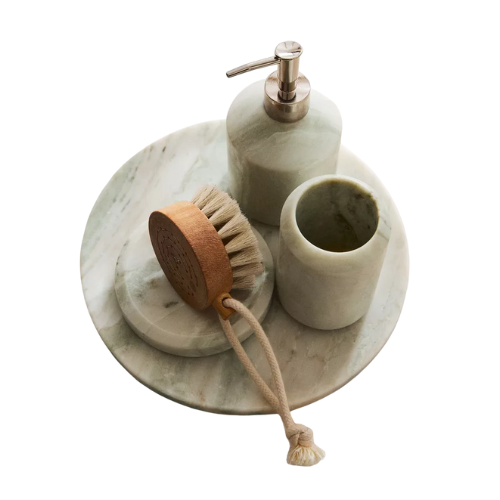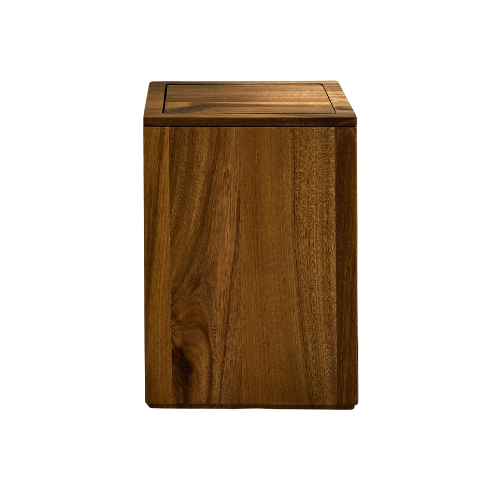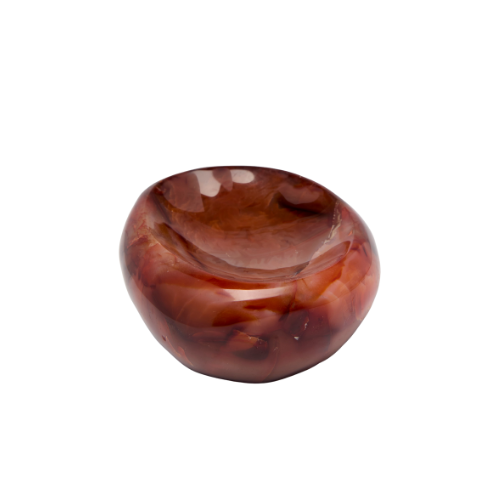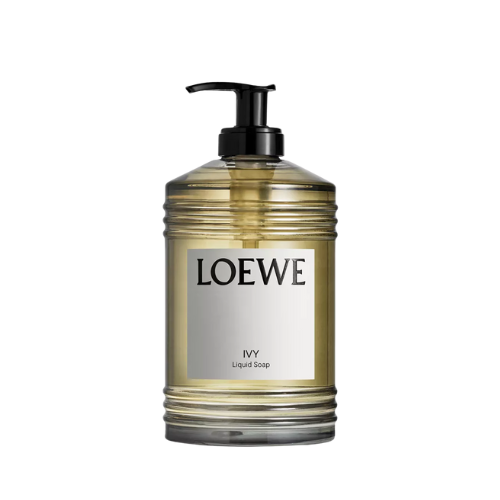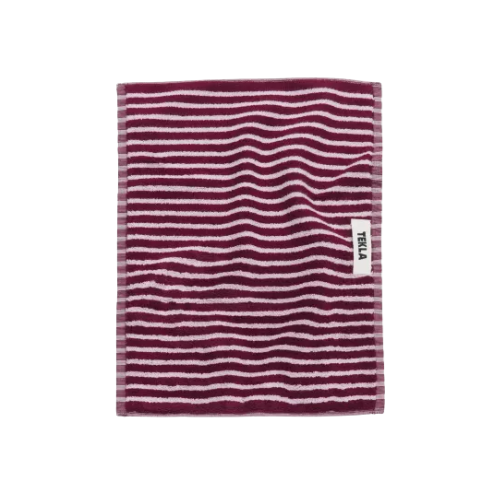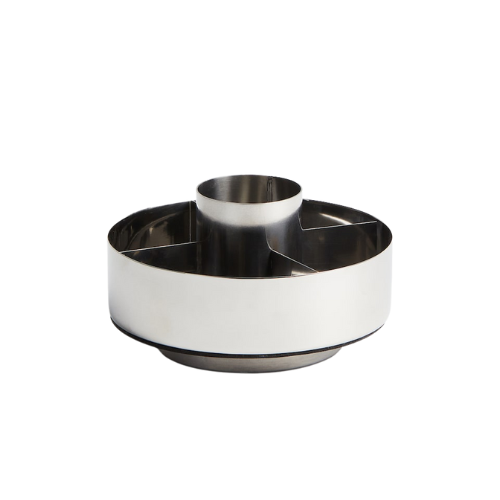5 Bathroom Vanity Countertops That Designers Tend to Avoid for Practical Reasons — These Options Are Porous or Hard to Keep Clean
You need your bathroom to be practical, and for that, you need the right countertop. Here are the ones experts recommend you stay away from
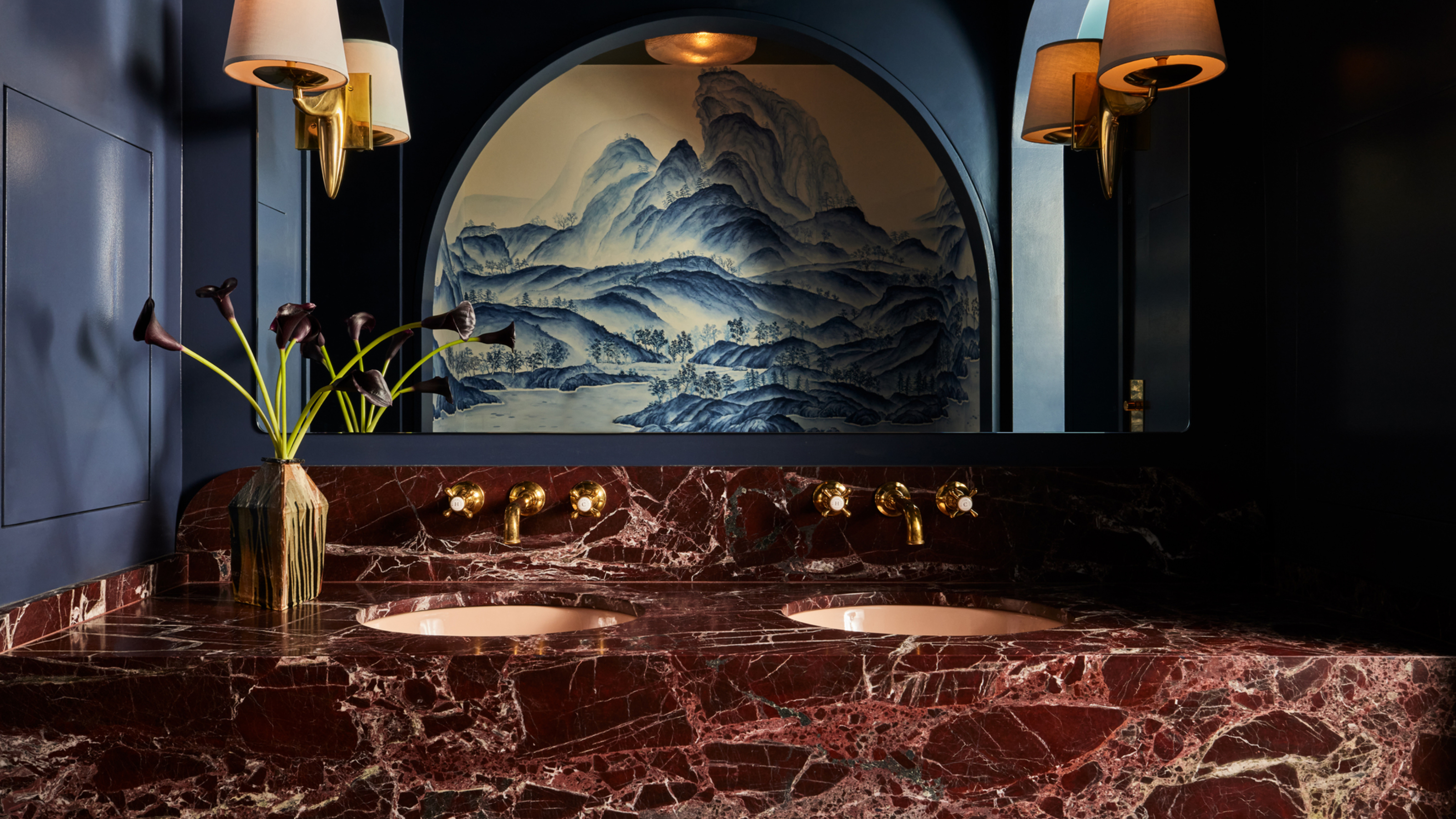

So much of designing your bathroom can feel like an exploration of functionality, with constant decisions focused on boring things such as performance and utility, instead of the fun stuff — like how pretty it is. Within this context, choosing your vanity counter can feel like a much-needed respite. Finally, something you can choose based purely on your aesthetic sensibilities, no logical grown-up thinking needed.
Well, I hate to burst your bubble, but it turns out that isn't quite the case. In fact, truth be told, your vanity countertop material actually has to be super functional. Just like choosing the right type of bathroom vanity, the countertop material you pick will dictate the way you use your space, and the last thing you want is a material so precious that your heart races with anxiety every time you squeeze your toothpaste or wash your hands.
But that doesn't mean you can't still achieve the bathroom look you've been dreaming of; you just have to know the materials to avoid and what to go for instead. And lucky for you, our experts have shared all their biggest red-flag countertop materials, as well as their favorite alternatives.
1. Marble
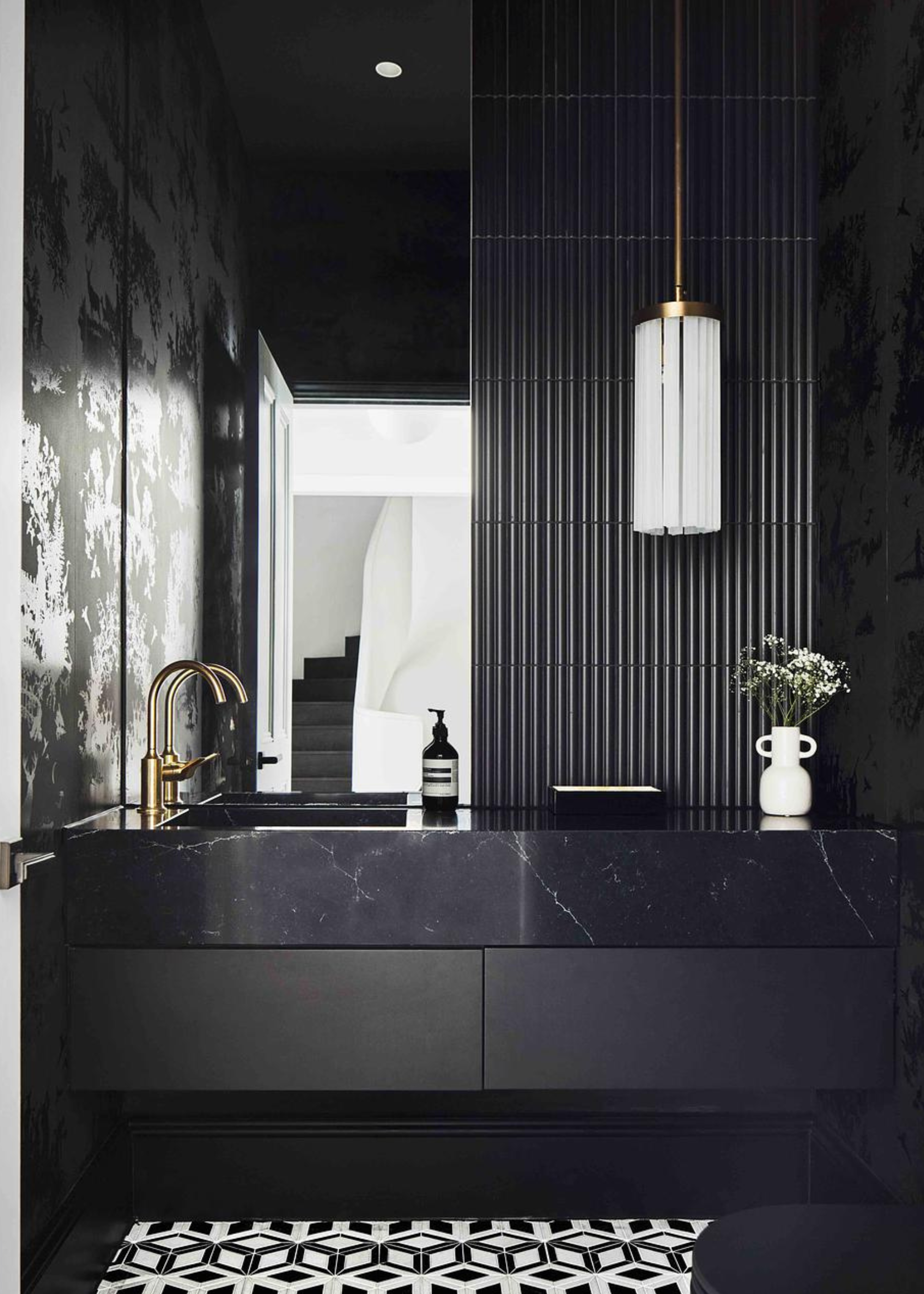
DO INSTEAD: "My go-to material is quartzite. It offers durability and less maintenance," says Kristen.
"In bathrooms, not every countertop material is considered practical. Although I do love a marble counter, I tend to avoid porous materials," shares Kristen Wolff, principal of interior design at Brandon Architects.
Marble has certainly earned its reputation as one of the most luxurious materials on the market, a staple in spa bathrooms and quiet luxury kitchens alike, but as beautiful as the material is (and it is truly beautiful), it can also be a real pain in the back.
The issue with marble revolves around its porosity. As a natural stone, marble is inherently more porous than other manmade materials, meaning it is more vulnerable to staining. As Kristen explains, "They’re beautiful but can stain and etch quickly with toothpaste, skincare, or cosmetics."
2. Limestone
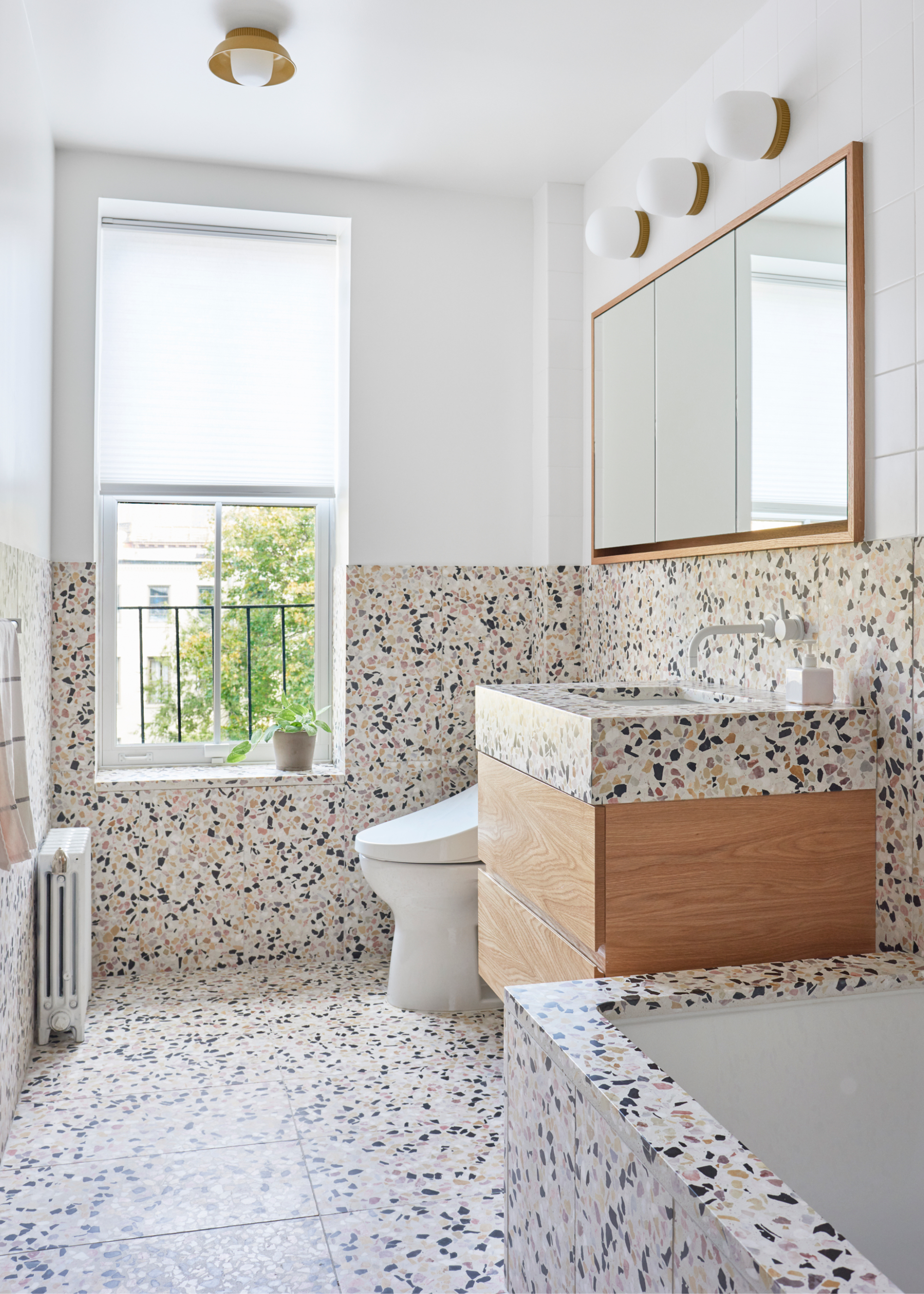
DO INSTEAD: Terrazzo is one of Camilla's favorite materials to use in bathrooms. She says, "It gives you the drama and tactility you want in a bathroom, but with the durability the space demands."
In a similar vein to marble, limestone is another material the experts shy away from based on its sensitive makeup.
The Livingetc newsletters are your inside source for what’s shaping interiors now - and what’s next. Discover trend forecasts, smart style ideas, and curated shopping inspiration that brings design to life. Subscribe today and stay ahead of the curve.
While in low-traffic areas, you may be able to get away with these materials, in a bathroom, it's unlikely to be a smart idea. "In bathrooms, we tend to avoid softer or more porous stones like limestone, as beautiful as they are, they can stain and mark easily with water and cosmetics," says Camilla Mazi, from Otto Tiles.
In a bathroom, a material that reacts poorly to water exposure is simply a no-go, which is why limestone is just one of those things low-maintenance bathrooms never have.
Camilla is a multi-talented interior designer who brings the Italian touch and style to Otto Tiles. She helps to create striking spaces according to your taste.
3. Clay Tile
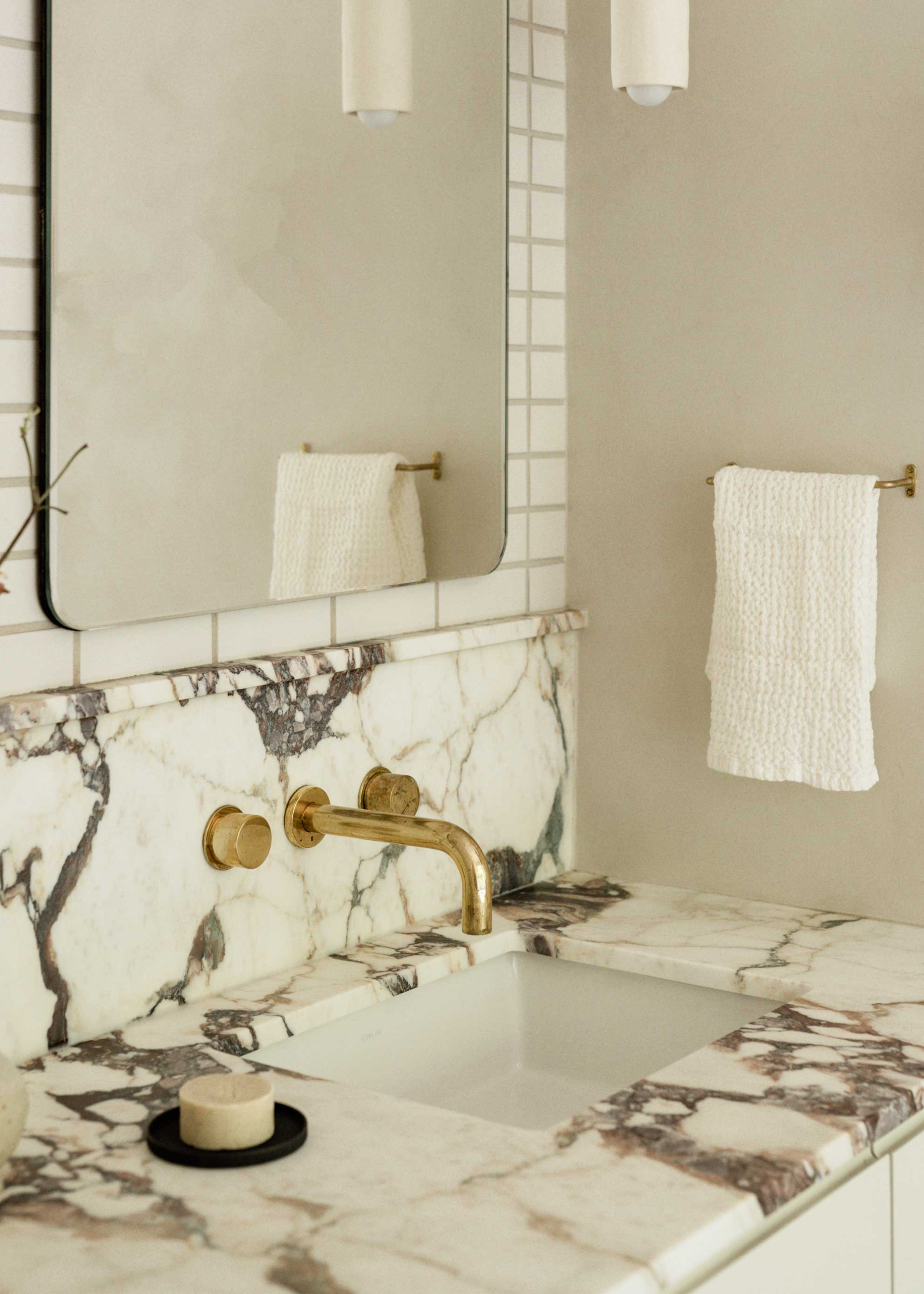
DO INSTEAD: "We prefer working with natural stones like honed marble and quartzite, as well as select quartz surfaces. These materials offer a balance of beauty and durability, supporting our goal of creating bathrooms that are not only refined and functional, but built to last with quiet confidence," says Regan.
"We typically avoid using tile or certain synthetic composites for bathroom countertops," shares Regan Billingsley, principal designer of Regan Billingsley Interiors.
Now, this by no means implies that tiling is an inappropriate material for your bathroom at large. Don't worry - your shower floor tiles are safe. However, it is also true that there's a time and a place for them, and it can be a careful tight-rope walk to get the right balance of tiles in a bathroom.
Typically, the issues around tiles arise when you want a smooth, seamless look, something that grout lines work tirelessly to prevent. "Tile can disrupt the clean lines and cohesive surfaces we aim for, and it often requires more maintenance than is practical for a well-used space," explains Regan.
While a tiled shower can work well, a tiled countertop presents more possibilities for dirt build-up, which can quickly turn your surface into a grubby mess. Not quite the look you're going for.
4. Timber
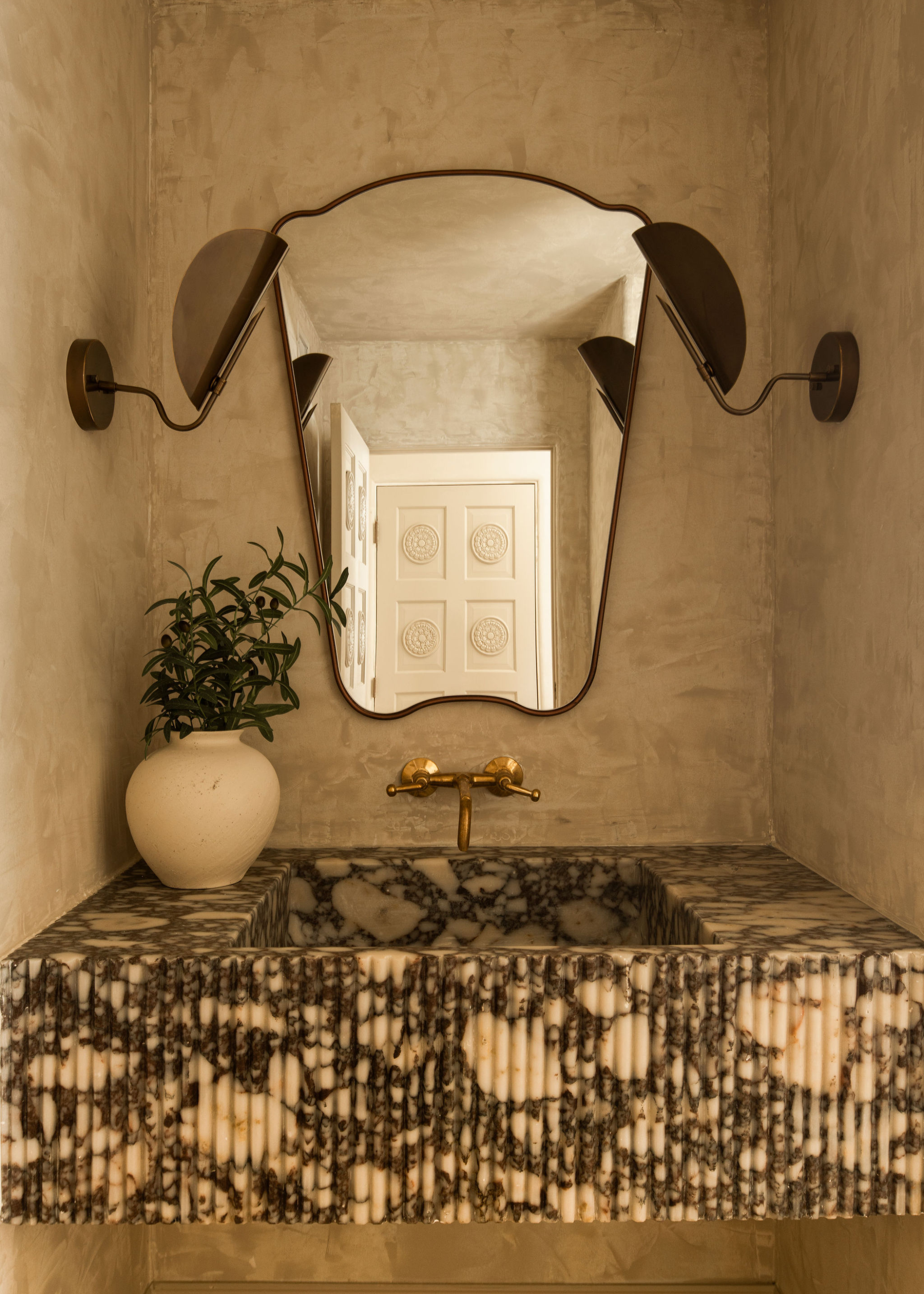
DO INSTEAD: "Our go-to materials are quartz composites, or a richly veined marble that has been properly treated and sealed," says Camilla.
A rising interest in earthy color palettes and more organic-looking design has meant that materials like wood and natural stone have become increasingly popular in bathroom design. And while these materials can certainly look great, they aren't exactly designed for these kinds of environments.
Camilla particularly points towards timber: "Timber can look wonderful, but unless it’s heavily sealed and maintained, it won’t last well around a basin," she says.
Much like marble and limestone, wood is an essentially porous material, making it unsuitable for constant exposure to water. However, unlike these stones, wood won't just stain; it can actually rot and warp over time, making it a particularly risky choice in bathrooms.
5. Granite
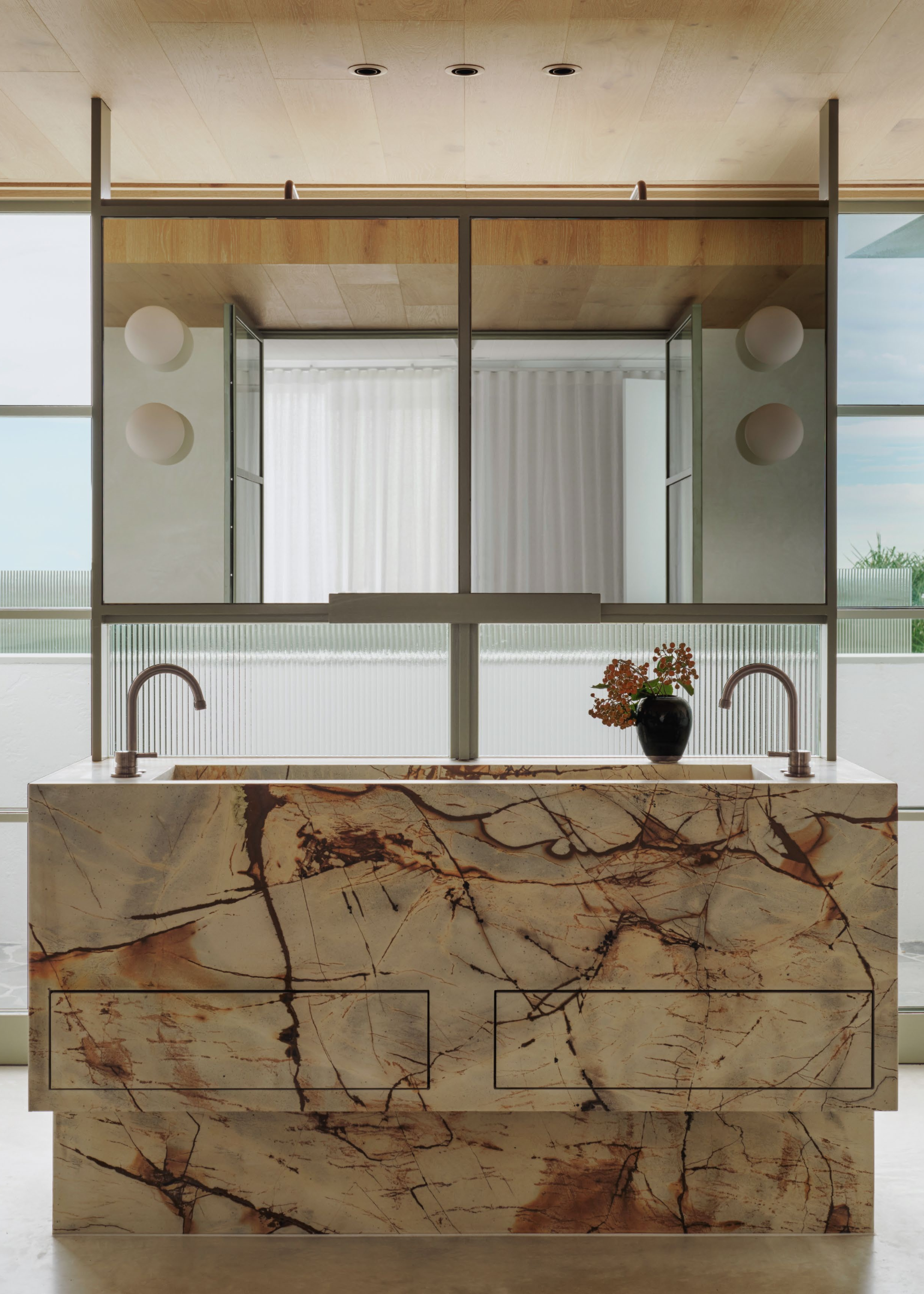
DO INSTEAD: "Engineered quartz or natural quartzite are optimal choices for bathrooms in terms of practicality. Since bathrooms are heavy-use spaces, you want to go with a countertop material that's going to be durable and easy to clean," says Alex.
Finishing off the natural stone categories, granite is yet another material the experts warn against based on its porous nature.
Interior designer Alex Kober explains, "Natural stone materials are susceptible to staining and can quickly show signs of wear if they are not properly maintained. Personal care products, like cosmetics in particular, often contain acids which will permanently stain and even break down the material."
This unnecessary stress every time you do your bedtime ritual is simply not worth it, especially when you consider the vast number of low-maintenance countertop options available, many of which cost considerably less than these natural stones, too.
Plus, it's not just your potentially acidic products that you have to worry about, either. Alex tells us, "Marble and granite are also both porous stones that absorb water and, as a result, leave pesky water marks that are permanent. While these materials are beautiful, they often need to be babied in an effort to maintain their natural characteristics."
Shop Bathroom Countertop Accessories
On a journey to building your dream bathroom? I reckon we've got a few things that can help you along with that. These spa bathroom lighting tricks will have you feeling super zen, while these sustainable bathroom trends will ensure your space is as eco-friendly as it is beautiful.

Maya Glantz is a Design Writer at Livingetc, covering all things bathrooms and kitchens. Her background in Art History informed her love of the aesthetic world, and she believes in the importance of finding beauty in the everyday. She recently graduated from City University with a Masters Degree in Magazine Journalism, during which she gained experience writing for various publications, including the Evening Standard. A lover of mid-century style, she can be found endlessly adding to her dream home Pinterest board.
